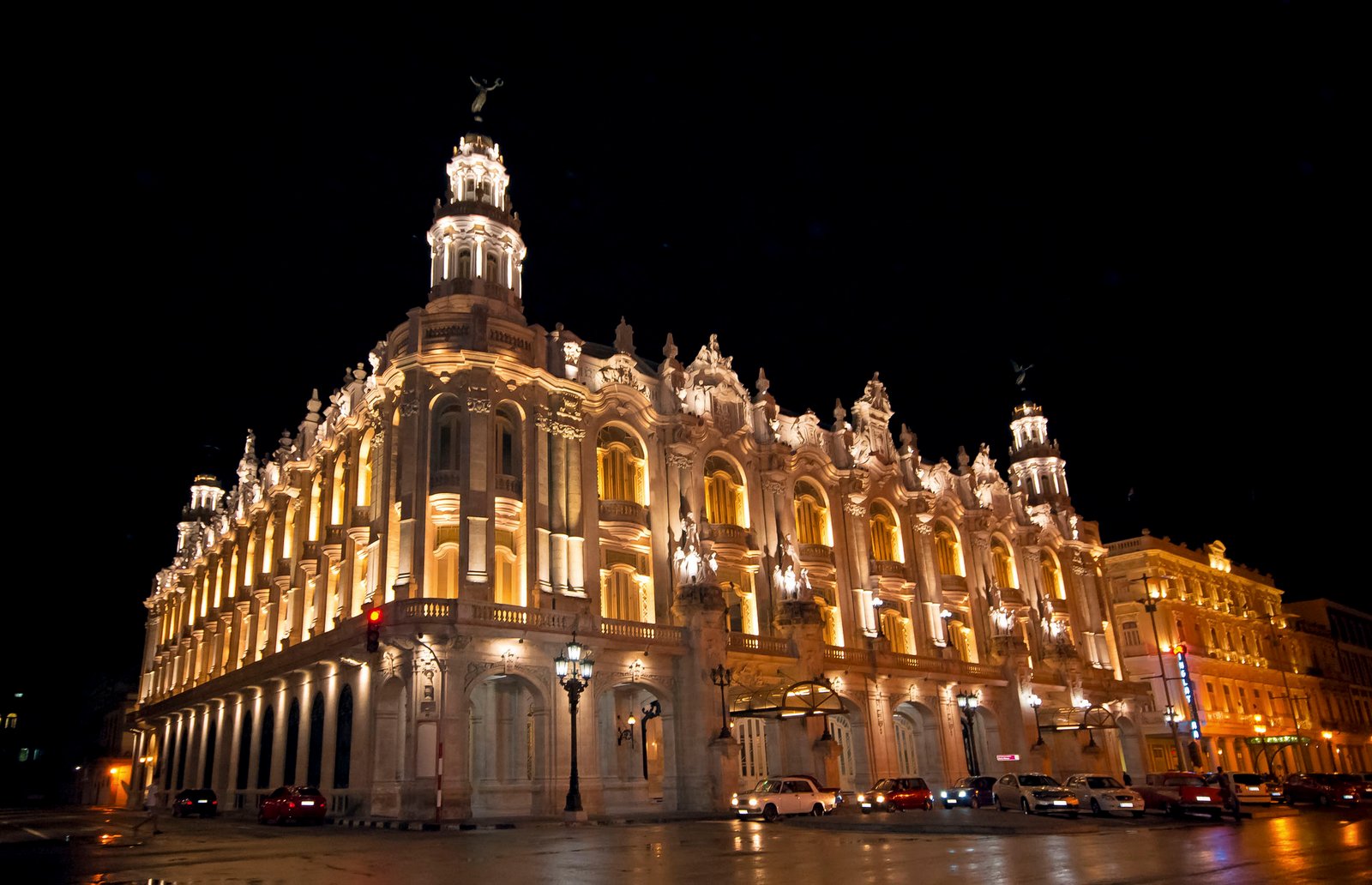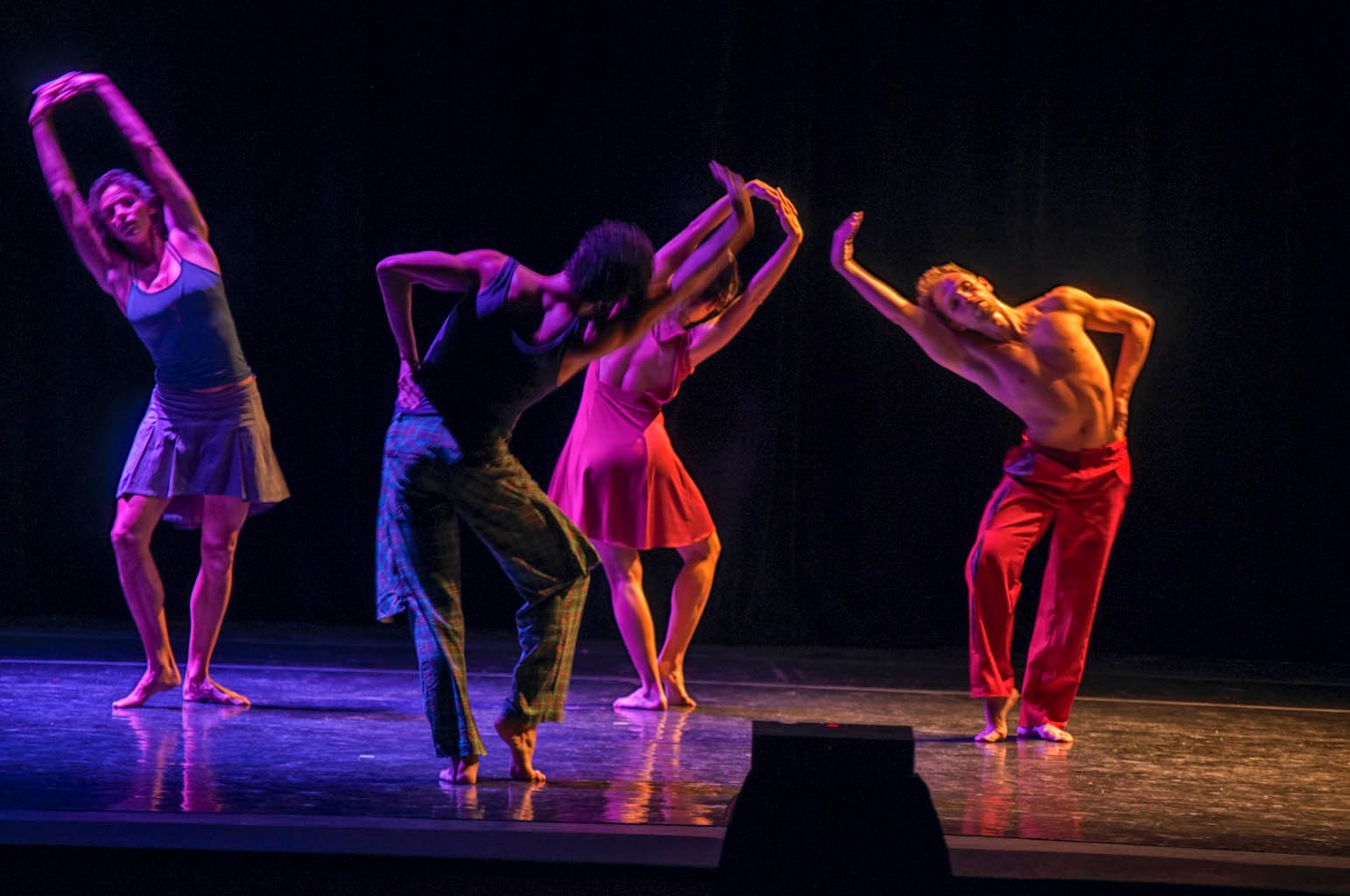

Havana The Imprint of Militant Glamour
By: Juan Abelardo Carles
Photos: Carlos Gómez
The Labor Day Parade took on a special flavor in Havana this year. One month before the traditional festivities, President Barack Obama sparked bilateral debate during his historic visit by expressing his hopes for more political openness on the island. That morning, May 1, Ulises Guilarte de Nacimiento, Secretary General of the Confederation of Cuban Workers, responded to Obama’s challenge in his speech in the Plaza de la Revolución. “The union movement will continue to fight for economic development and peace, and its ideology will remain focused on the active and committed participation of workers in more effectively creating wealth to meet the needs of the people.”
The more than 800,000 jovial people who cheerfully marched past the main dais followed an enormous sign that read, “The Cuban people will overcome!” in seeming confirmation of national agreement with Guilarte’s words. Beyond dialectical exchanges between the island’s leaders and their international counterparts, it is obvious that Cuban society is facing changes and new situations that test its ability to integrate into the wider world without losing the essence forged from nearly sixty years of a revolutionary regime.
One example of this is the presentation of Chanel’s 2016-2017 Cruise Collection, which drew legions of journalists, fashionists, models, and celebrities to the Cuban capital. Although Havana is no stranger to the comings and goings of the global jet set, the presentation of this collection by Karl Lagerfeld, the fashion house’s main designer, was a significant first: not only was Chanel the first couture fashion house to select the city for the launch of one of its principal collections, but it was also the first time Chanel had chosen a Latin American city for this type of event.

Although the runway show did not take place until May 3, the promise of French glamour and sophistication seemed to steal some of the thunder of the labor movement, which had traditionally held the attention of the Cuban people in the run-up to Labor Day. Bernardo, a Hotel Nacional driver transporting Chanel guests around the city, summed it up nicely: “I march with my family every year [in the May Day Parade],” he said, as he drove a group of journalists to dinner, “but this time my daughter is also very excited about the Chanel show. Every time I get home she asks if I met any models.”
At the same time that Karl Lagerfeld and his army of colleagues and guests descended on the city, Havana was getting worked up over Vin Diesel, who was on the island filming Fast and Furious 8, and the arrival of the Adonia, the first cruise ship to sail between a U.S. port and Cuba in nearly sixty years. On and off the island, debate is heating up over the contrasts between these exercises in glamour and people’s everyday lives and whether ordinary Cubans benefit from these happenings. Nonetheless, a walk around the streets of Havana reveals that the city, and certainly its inhabitants, are ready for these and other world-class cultural events.
The first of these hints comes in the form of the restaurants we visited during our stay on the island. Born as “paladares” —private restaurants, with a name that is a play on the word “palate”— during the “special period” of the 1990s, these establishments have long ceased to be a novelty and are now synonymous with delicious cuisine. La Guarida (418 Calle Concordia) is tucked away in a magical setting at the top of an ancient stairway, watched over by a headless marble nymph on one side and a portrait of Camilo Cienfuegos on the other. Open since 1996, the restaurant features a menu of international and Cuban classics with a modern twist. There is also El Atelier (511 Calle 5), where French specialties can be savored on a spectacular terrace overlooking the stately roofs of the Vedado neighborhood.


Aside from the delicious cuisine, both restaurants are famed for their elegant table settings that successfully pull together eclectic dishes, glassware, and cutlery. Only Cuban ingenuity could achieve a coherent whole with such heterogeneous components, helped of course by soft candlelight, which casts a glow of harmony. This same inventiveness is displayed by Havana natives as they stroll the streets of the liveliest neighborhoods, such as Vieja Habana, Habana Centro, or Vedado. Cubans compensate for the limited variety of clothing articles and styles available to them by combining items in distinctive and original ways and showing off their looks with confidence. A final polish is added by sun-kissed brown skin that contrasts beautifully with the fabrics.
It is not surprising that, despite the limitations, Havana locals are fiercely luxury-minded, proving what Coco Chanel once said: “Luxury is not the opposite of poverty, but of vulgarity.” In this spirit, the city is blanketed with cultural centers that enliven social interactions. The Art Factory (at the corner of 26th and 11th Streets, Vedado) is a good example. It was built on the premises of an old plant belonging to the Cuban Electricity Company. Although the venue is used for concerts, theater, dance, and exhibits, it is also a hub of Havana nightlife, in a juxtaposition of culture and fiestas that would be odd in other cities around the world.
The Havana Factory (308 O’Reilly) is another example. Since 2009, the space has exhibited the best of contemporary Cuban and international art, including a recent showing of Karl Lagerfeld’s photographs. As proven by this exhibit, titled “Work in Progress,” the German designer does not restrict his creative endeavors to the runway. The collection of two hundred images covers several themes, including architecture, landscapes, and of course, fashion. Open to the general public, the exhibit served as a gift from the designer to the city, augmenting the presentation of one of his fashion collections for the visual indulgence of the city’s inhabitants.


The designer actually made an appearance at the inaugural cocktail party for “Work in Progress,” creating a buzz among the guests as they viewed the exhibit. The public waited for a glimpse of Lagerfeld outside the gallery. A Michael Jackson impersonator in full regalia waved at the car carrying Lagerfeld and his associates as they rode through the city. Perhaps it is these kinds of characters who embody the spell Havana exerts on creators and artists from other latitudes. Despite their circumstances and limitations, the enchanting beings that inhabit Havana give the city its very characteristic air of vanity, spectacle, and drama.
The magic of Havana certainly inspired and attracted Chanel. Bruno Pavlovsky, President of Chanel’s Fashion Division, notes: “This is a representation of Cuban culture, music, literature, and colors. We harkened back to the 1920s and 1930s, when celebrities cruised into Havana, with cruise collections inspired by holiday trips or settings. Inspiration is the most important aspect of the world of fashion. A collection needs a solid foundation. We need powerful stories and content. Our customers want to understand what is behind our collections, and we must be able to explain it to them.”
The Chanel executive emphasizes Lagerfeld’s intuition when pointing to Cuba as the inspiration behind the design and presentation of the clothing line. In fact, the company began to work on developing this project more than a year ago, long before events such as President Obama’s visit or the Rolling Stones tour would rock the island and its inhabitants.


We can see that there are many similarities between the essence Coco Chanel sought in her revolutionary designs and the attitude of Havana residents toward the unique circumstances of their lives. Just as the French designer used her creativity and transformed clothing into a way to free the women of both her time and the future, Havana residents use creativity to add beauty to life, injecting a type of militant glamour that refuses to fade in the face of shortages and want.
So on May 3, the essences of Chanel and Havana embraced under a rain-charged leaden sky and walked hand-in-hand on the granite and marble pavement of the Paseo del Prado. To mark the occasion, Lagerfeld interpreted the precepts of the firm’s founder by presenting tweed garments with, for example, a looser weave more suitable for tropical breezes and in a very daring color palette. The classic pearls were present, with some even gracing shoes. The models walked the runway to the beat of jazz, son, and danzón, exiting in the press of a troupe of rollicking partiers who spread through the streets of the city. After all, Havana does know how to leave its imprint on every celebration that finds its way here, be it a workers’ march or a fashion show.



